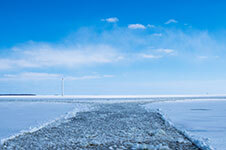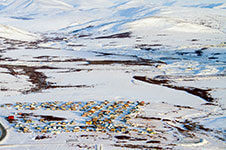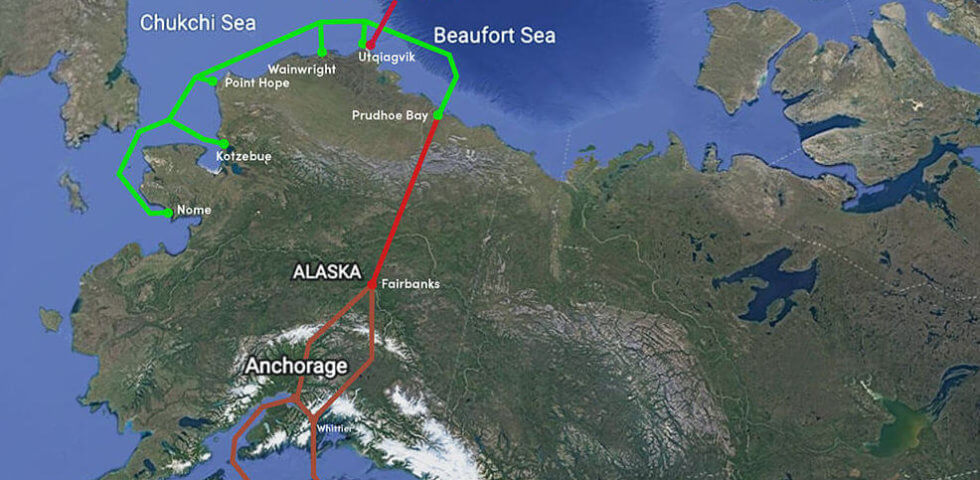As a leading provider of broadband, satellite ground station services, and cloud connectivity, Quintillion has demonstrated immense expertise, preservation, and adaptability in creating the US Arctic’s first and only subsea and terrestrial fiber optic cable network. There are many environmental challenges that come with working in the Alaskan Arctic. These include extreme weather conditions, sea ice, permafrost, the presence of dangerous and protected wildlife, disconnected road systems, strong geomagnetic factors, and many more complicating factors.
An Overview of the Quintillion Subsea System
The Quintillion Subsea System is a 1900-kilometer, or 1200-mile, subsea system that was constructed in the years 2016 and 2017. It has now been operating for five years and is serving Alaska markets in Nome, Kotzebue, Point Hope, Wainwright, Utqiaġvik, and Prudhoe Bay/Deadhorse.
This highly resilient system uses 100% armored cables buried up to 12 feet below the seabed, and each cable landing is installed in a steel conduit up to a mile offshore.
Five of these six cable landings are in remote locations without road access, and three without port facilities, which is a testament to the strategic aptitude and fortitude required to build the system that exists today.
The Challenges of Building Quintillion Cable Landing Stations in the Arctic
For this blog, we spoke with Quintillion Chief Technology Officer, Matt Peterson
“The environment is tough in Alaska and Quintillion has a done good job to adapt the subsea technology to the environment and operate successfully for the last five to six years… We constructed so that it could be maintained effectively in the environment,” Matt explained. “The success of this project pivoted on selecting the right team and having the proper leadership to understand where the challenges are and come up with workable solutions with our partners.”
Extreme Weather Conditions
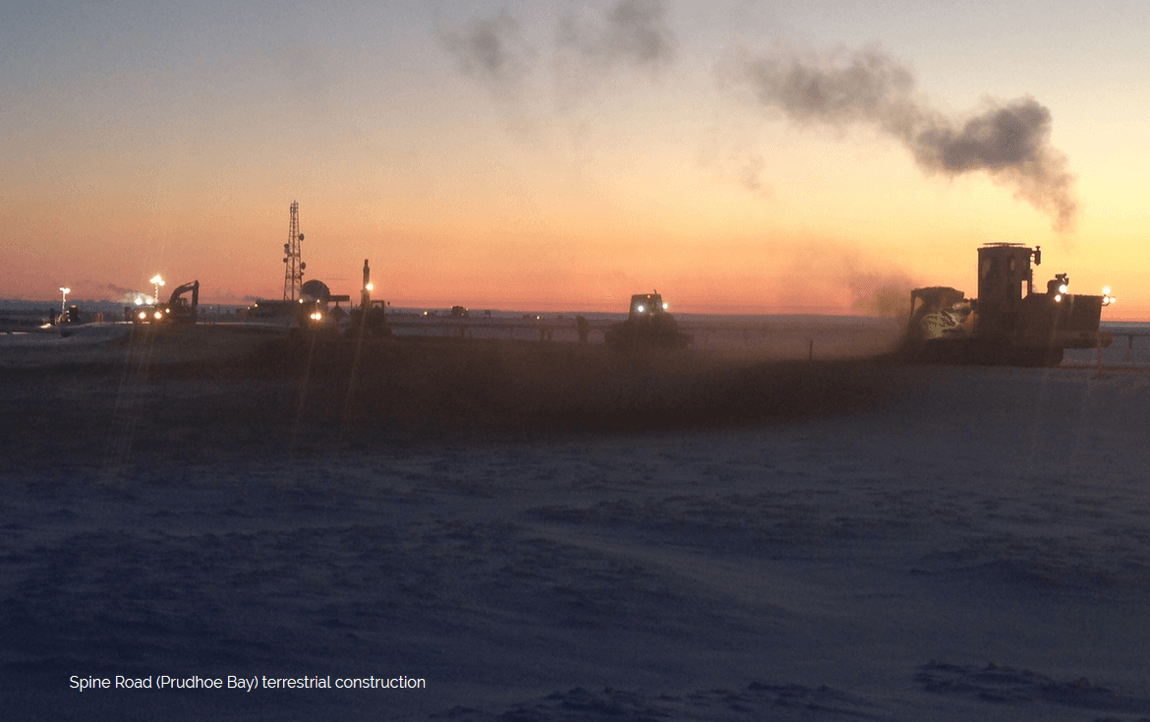
The Arctic presents harsh environmental conditions that make equipment transportation and construction difficult. Building systems and operational plans must consider the many challenges that come with working in sub-zero temperatures, extended periods of darkness, and severe snow fall.
Permafrost
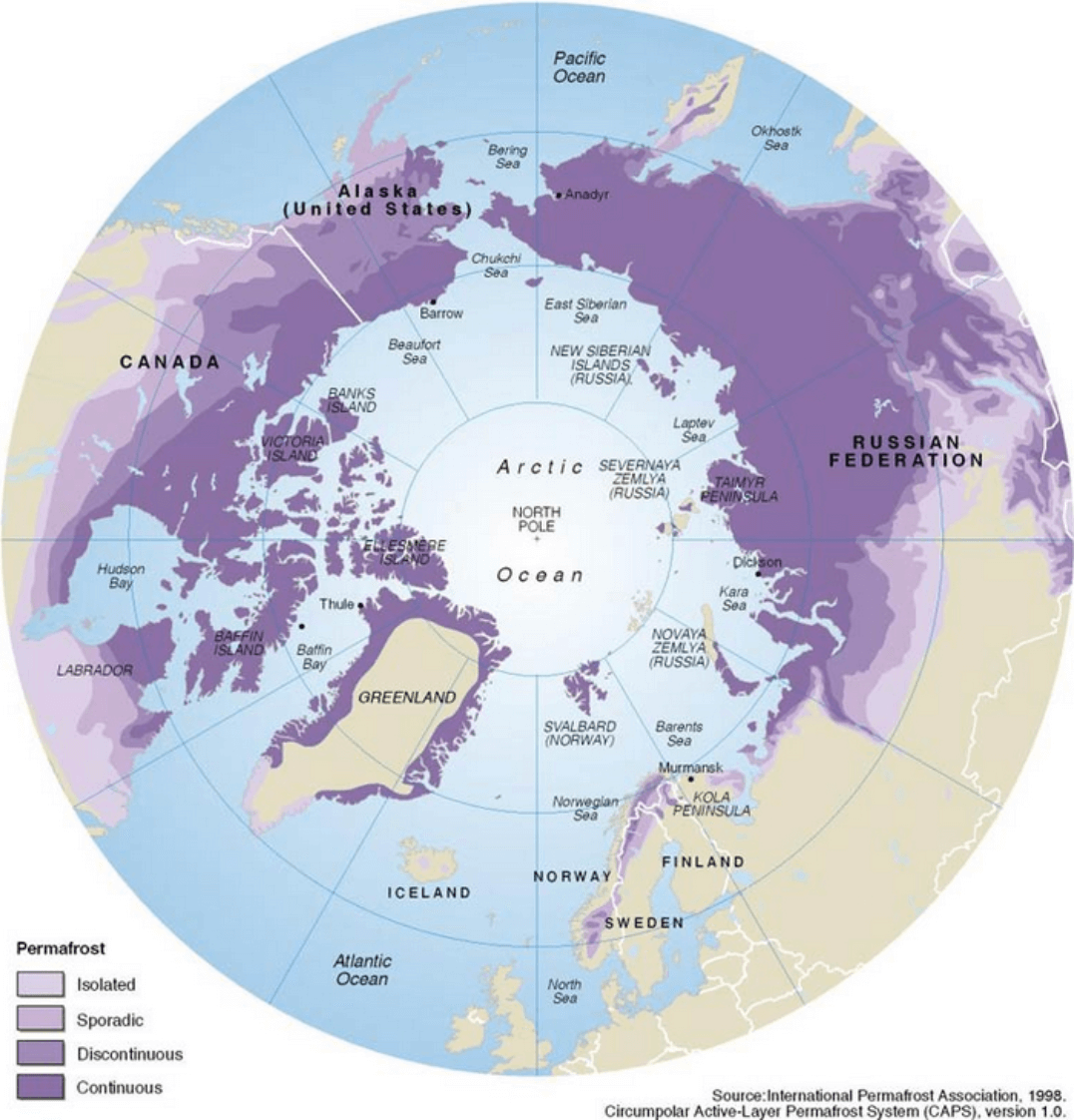
Permafrost is when a layer of frozen ground of any type remains constantly frozen for at least a two-year period. Many coastal areas in US Arctic communities have continuous permafrost extending hundreds of meters in depth. Special construction techniques are required to minimize soil instability and erosion and account for variable soil conductivity in areas with permafrost soil conditions.
Sea Ice
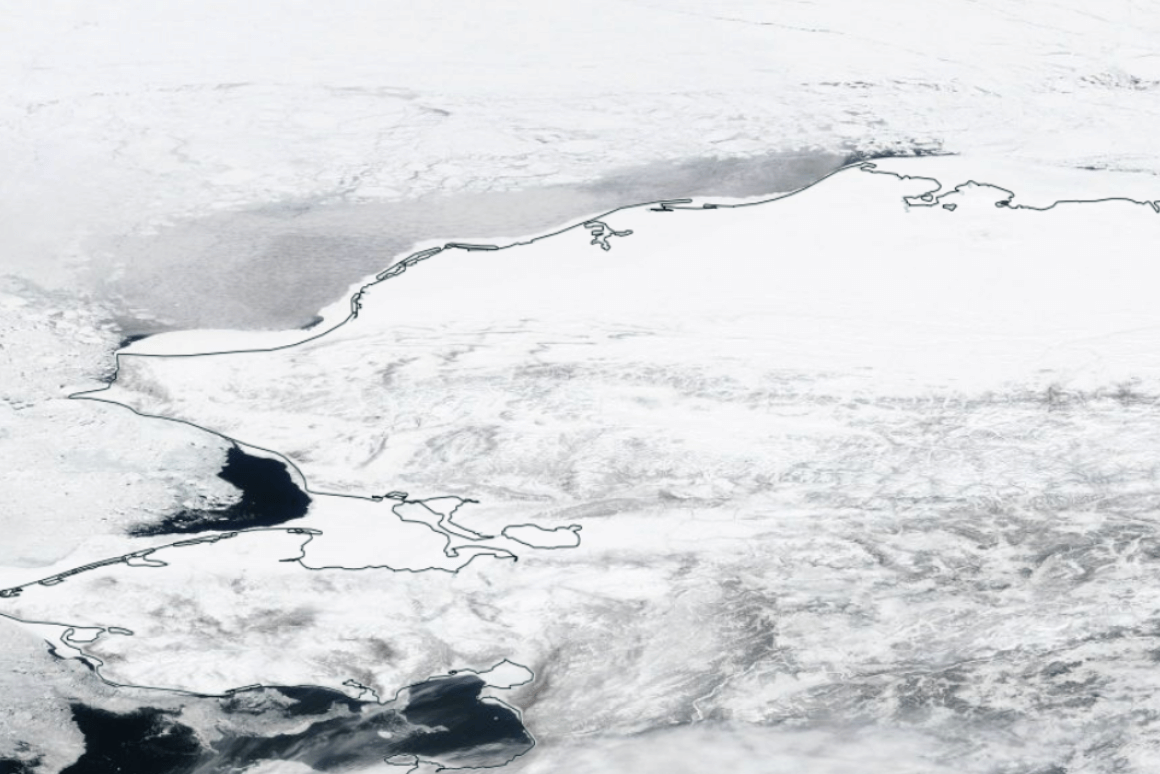
From October to July, fast ice — ice that is attached to the shore or land — is present along the US Arctic coastline. This fast ice can extend tens of kilometers offshore and interacts with mobile sea ice creating pressure ridges that scour the seabed as they shift. Seabed ice scours can damage infrastructure placed in or on the seabed if not sufficiently protected. Quintillion partners surveyed the seabed conditions to identify areas with historical seabed scars and employed seabed burial, cable armoring, and horizontal directional drilling to protect the system.
Coastal Erosion
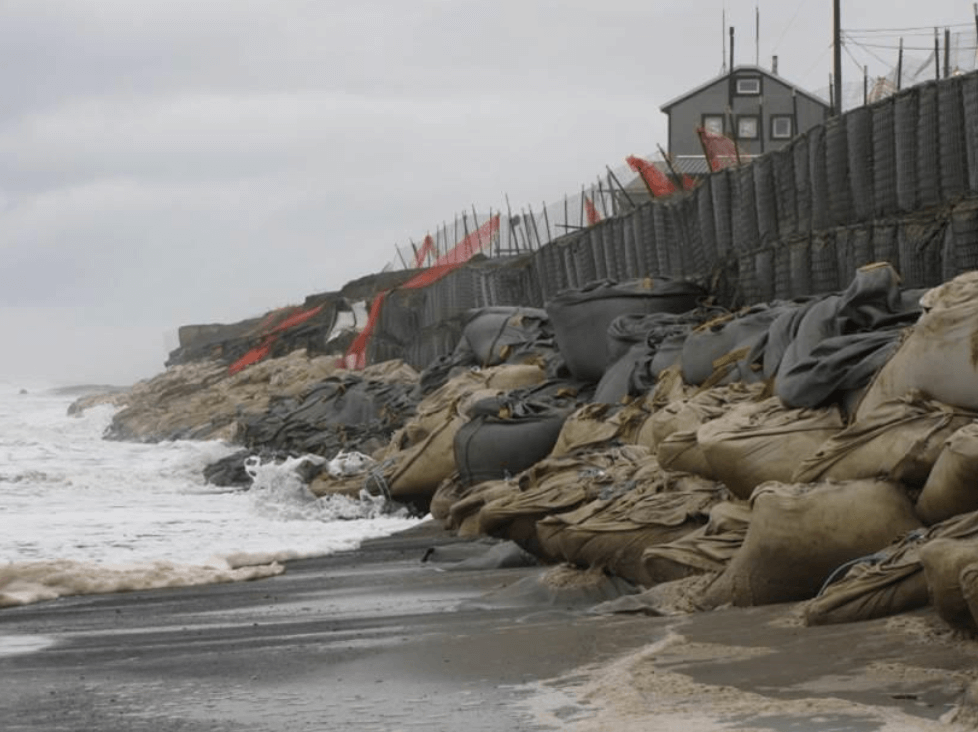
Climate change has contributed to rising sea levels in the Arctic, accelerating saltwater intrusion and coastal erosion. Installing cable landings with HDD helps avoid exposure to this erosion and protects the coastline from construction related erosion.
Wildlife Awareness
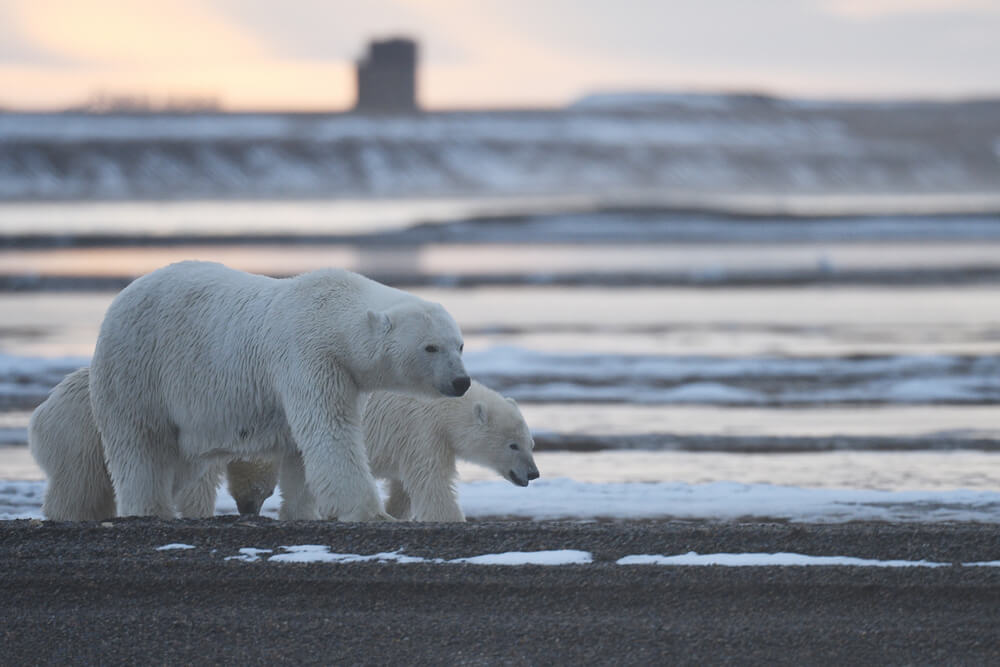
The Arctic is home to many unique species of animals and marine life – including polar bears, migratory birds, and protected marine animals. Any construction project in the Alaska Arctic requires careful planning to uphold the health and safety of the crew, local wildlife, and of the structures themselves. This includes minimizing interaction with animals in the area while constructing and operating subsea cable systems.
Horizontal Directional Drilling
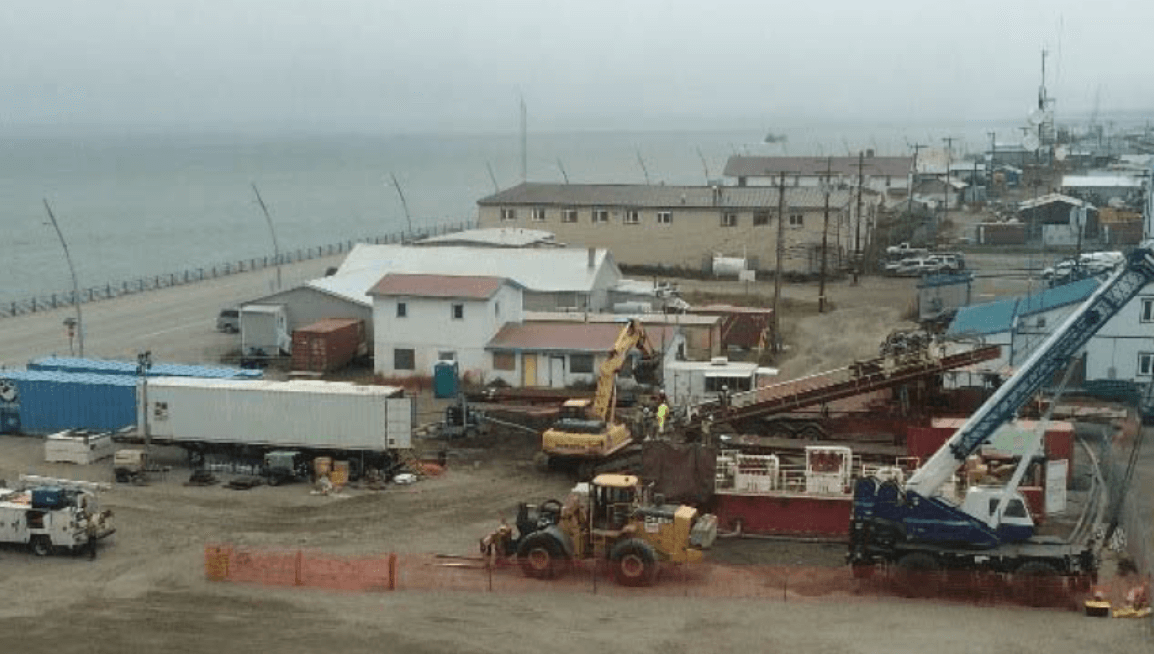
Horizontal directional drilling plays a key role in mitigating the influence of sea ice and coastal erosion by installing the cable underground below the coastline to an exit point offshore.
Horizontal directional drilling is a trenchless method for installing underground pipes or cables. With HDD, rather than excavating material to lay pipes, a drill is used to bore a horizontal path underground. The cable or conduit to be installed is typically drawn into the bore hole as the drill pipe is withdrawn. For the Quintillion installation the steel drill pipe was left in place to provide a pathway to install and protect the fiber optic cable at each landing point.
A challenge faced during the Quintillion installation involved the possibility of seawater freezing within the HDD pipes following installation which would preventing or delaying the fiber optic cable from being installed. This is due to the low water salinity and permafrost seabed conditions present at several of the landing locations. These pipes were sealed and protected from freezing until cable installation by filling with brine or pressurized air and during installation activities by flowing seawater through the pipe.
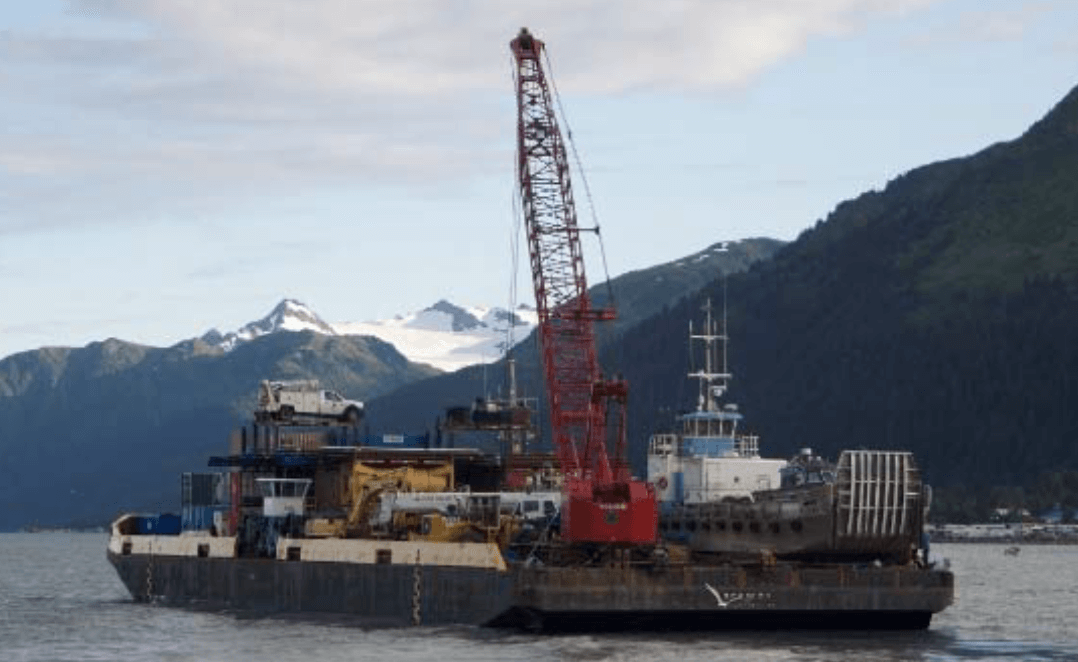
(photo courtesyRTCasey LLC)
One challenge of HDD and construction in the Arctic is mobilizing the equipment and materials needed to the landing area. Many of the remote communities in the US Arctic are disconnected from road systems and have no port facilities to offload equipment. Local construction resources are limited requiring nearly all necessary equipment to be brought in.
To safely and effectively transport these materials, all equipment and materials must be durable and adequately protected to survive the journey to their landing area. Equipment was mobilized using barge transport and a landing craft to offload equipment and materials to unimproved beach landings.
System Grounding & Geomagnetic Influence
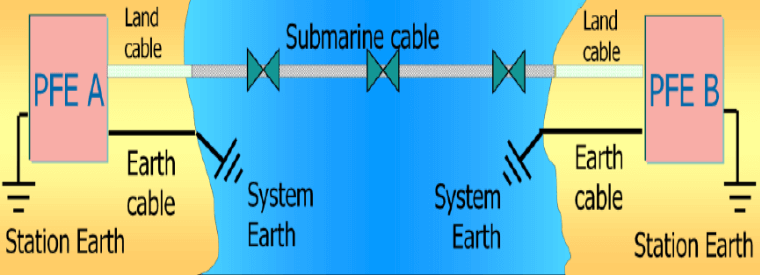
The Quintillion System includes submerged optical amplifiers, called repeaters, and branching units to connect intermediate locations into the trunk fiber that require electrical power to operate. Power Feed Equipment, including redundant high voltage power supplies with sophisticated monitoring, switching, and grounding equipment are employed to provide power to these submerged devices over a copper electrical conductor built into the subsea fiber optic cable. As the subsea fiber cable has only a single conductor, the earth connections at each cable landing station are integral to the continued operation of the system. The diagram above depicts a simplified arrangement of a submerged cable, repeaters, and power feed equipment.
The system earths are typically installed using ground anodes installed on land or copper plates buried in the seabed near the landing. In the Arctic, sea plates and buried ground anodes were both deemed unusable due to unpredictable soil conductivity in areas with permafrost, coastal erosion, and potential damage from sea ice.
To mitigate this, Quintillion partners developed and deployed offshore system earths, which are installed in-line with cable and buried in the seabed offshore from the landing point. As a further precaution, the Quintillion power feed equipment can operate using a local earth connection at the cable landing stations during maintenance or repair activities.
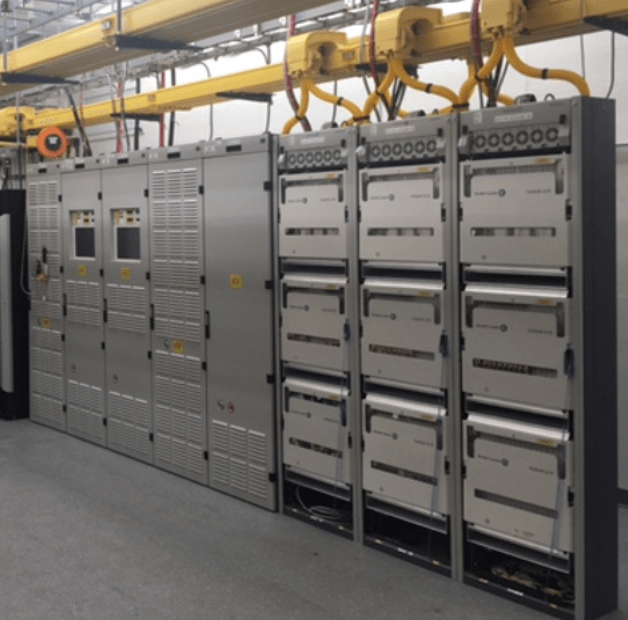
Due to the high latitude and geometry of the Quintillion System, the power feed equipment needs to accommodate strong geomagnetic currents that are induced in the cable by the same forces that create spectacular Northern lights displays in Alaska. Quintillion worked with partners to validate the PFE solution for operation in this environment and to prepare operational systems and procedures to quickly restore power to the cable in the event of an extreme geomagnetic event.
Cable Landing Station Buildings
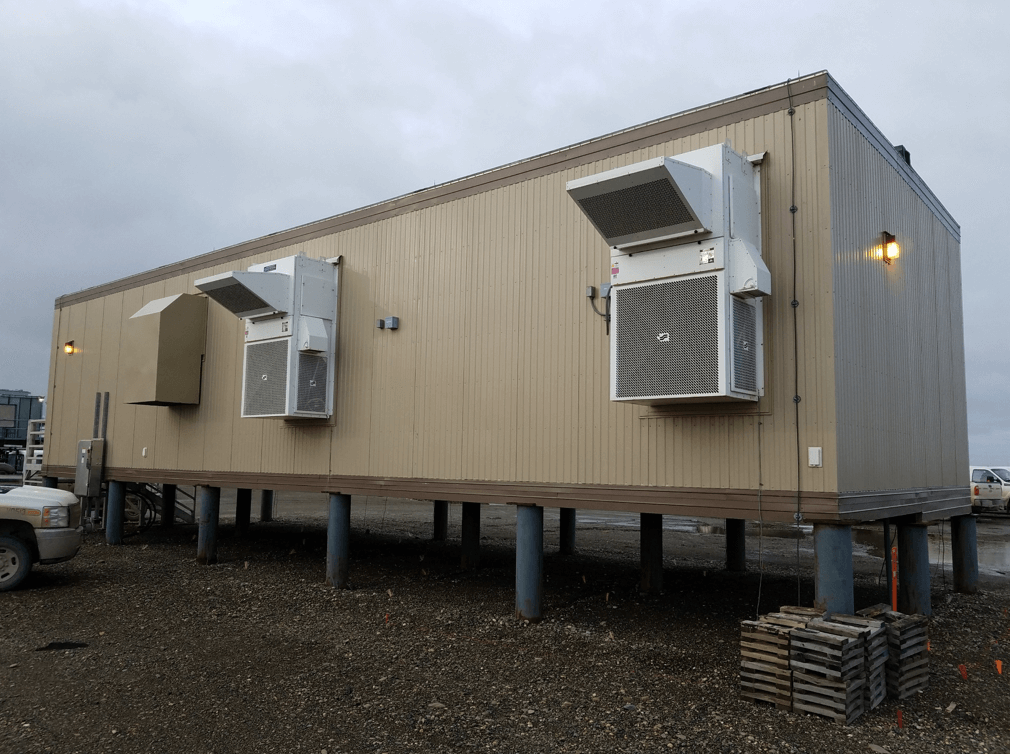
Quintillion’s cable landing station buildings were constructed with the Arctic environment in mind. Robust modular structures were used for ease of transportation and installation in remote, difficult-to-access areas. Raised building foundations were designed to minimize heating of permafrost and to prevent collection of blowing snow. Standby power systems and heating ventilation and air conditioning systems are specifically adapted to operation with outside air temperatures that drop to -45 C.
Finding Innovative Solutions to Bridge the Digital Divide in Alaska
To construct and maintain an Arctic cable system — and make a momentous leap toward fulfilling its mission of bridging the digital divide — Quintillion and its partners developed and deployed innovative and creative solutions to face these challenges to bring the gold standard of connectivity to unserved and underserved communities in Alaska.
Construction in the Arctic presents many challenges, and Quintillion’s resilient subsea fiber network design has established a system that is well-equipped to serve the needs of Alaskans in this region and has the capacity to expand.
Want to learn more Quintillion’s subsea fiber optic cable system and how it’s brining the gold standard of connectivity to the Alaska Arctic? Contact our team to get in touch or read the Quintillion blog to stay on top of the latest industry news.

